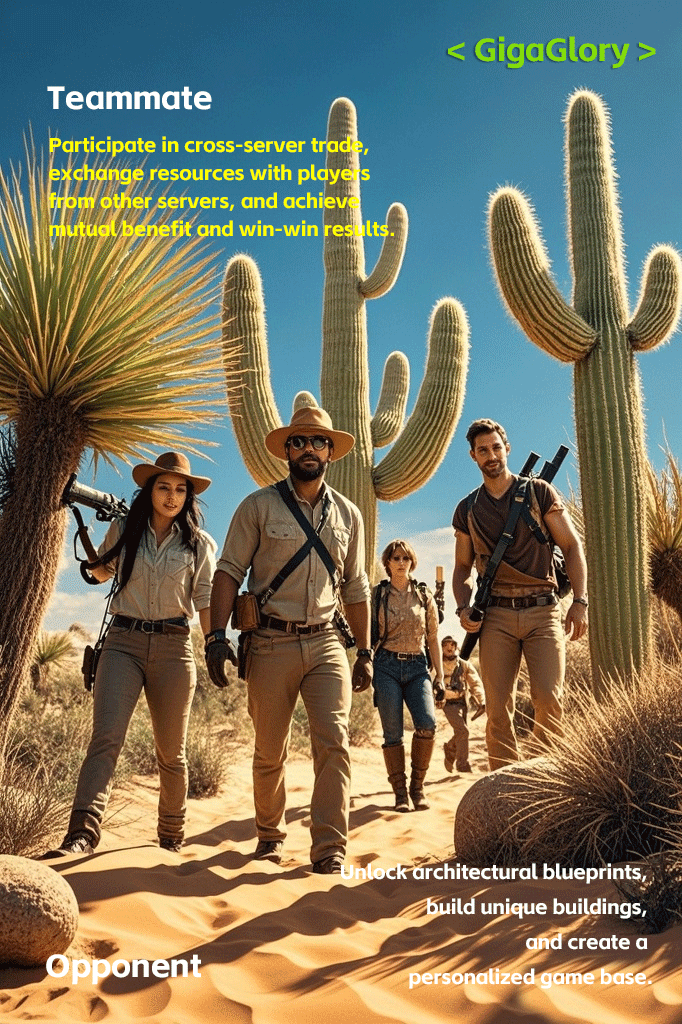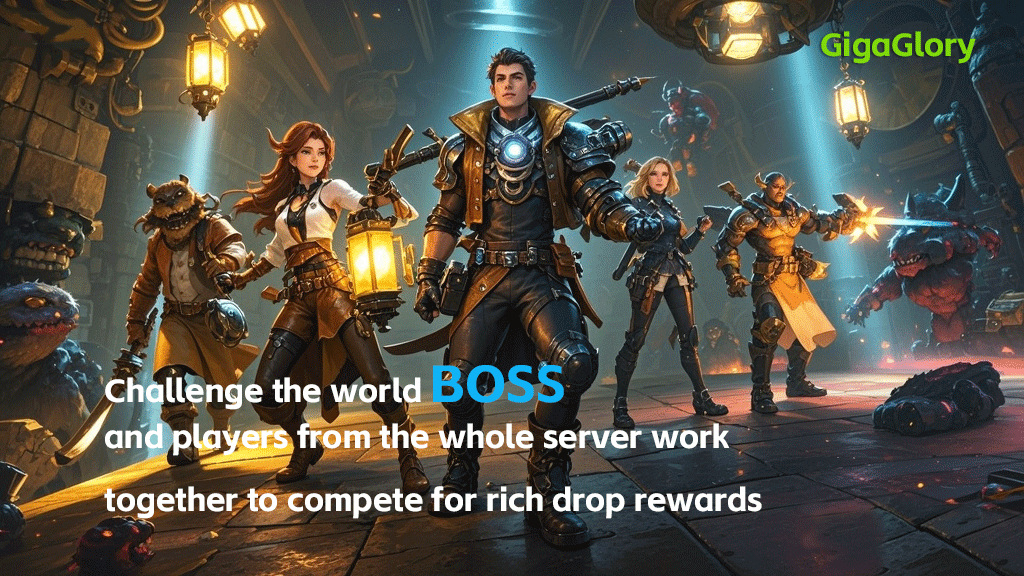Why Building Games Are Revolutionizing Creativity in Gaming Today
The Dawn of Building Games
Building games have transformed the gaming landscape in recent years. These games encourage players to use their imagination to create diverse worlds, structures, and environments. The surge in popularity of **building games**, such as "Minecraft" and "Roblox," highlights a shift in player engagement. Here, creativity isn’t just an element—it’s the entire foundation of the game.In the past, gaming often centered around linear storytelling or competitive mechanics. However, as the demand for creative freedom has risen, developers have responded with games that allow for extensive customization and creation. A vibrant community supporting these games adds to their dynamic nature, inspiring innovation and collaboration.
How Building Games Foster Creativity
One of the most beautiful aspects of building games is their ability to foster creativity. Players can manipulate virtual environments, architect entire worlds, and tell stories through their creations. Here are key elements through which building games unlock creativity:- Freedom of Design: Players can create anything they can envision, from simple structures to complex cities.
- Community Collaboration: Many building games have robust online communities where players share their creations, like in ASMR games online unblocked.
- Interactive Experience: This allows for experimentation; players learn through trial and error as they navigate different building techniques.
- Educational Value: Building games often incorporate educational elements, teaching young gamers about geometry, engineering, and resource management.
A Shift in Game Design Philosophy
The rise of building games reflects a change in game design philosophy. Developers now design with player creativity at the forefront instead of solely focusing on predefined narratives. This leads to an emerging genre where players don't just engage with content—they produce it.| Game Title | Unique Features | Player Engagement |
|---|---|---|
| Minecraft | Block-based creation, survival elements | High: Creative and Survival Modes |
| Roblox | User-generated games, vast community | Very High: Wide variety of user-generated content |
| Terraria | 2D sandbox, crafting and combat | Medium: Focus on exploration and creativity |
Building Games and the Growth of Online Communities
One of the noteworthy phenomena of building games is the thriving online communities that emerge. Websites and social media platforms are filled with player showcases, highlighting incredible builds that evoke inspiration and admiration. This engagement fosters a sense of camaraderie among players, leading to collaborative projects. Building games often host competitions, encouraging players to push their limits and innovate. The sense of belonging within these communities strengthens player connection and loyalty to the genre. As players seek feedback and share their processes, their creative skills continue to sharpen.Survival Horror Meets Building Gameplay
While building games often focus on creativity, a fascinating intersection occurs within the genre when survival horror elements come into play. In survival horror games for PC, such as "The Forest," players must build shelters to protect themselves from threats. This blend creates an intense experience where creativity is not only encouraged but essential for survival. Players navigate terrifying landscapes, gather resources, and construct their defenses against formidable foes. The tension coupled with the freedom to build engages players in a unique fusion of creativity and survival instinct.The Future of Building Games
The prospects for building games look promising. As technology advances, so too will the immersive experiences these games offer. Here are notable trends to anticipate in the future:- Enhanced Graphics: Expect increasingly realistic environments.
- AI Integration: Advanced AI could lead to smarter NPCs that enhance creativity.
- Cross-Platform Play: Building games will expand across different devices.
- Virtual Reality: Bringing building games to VR can create even more immersive experiences.



